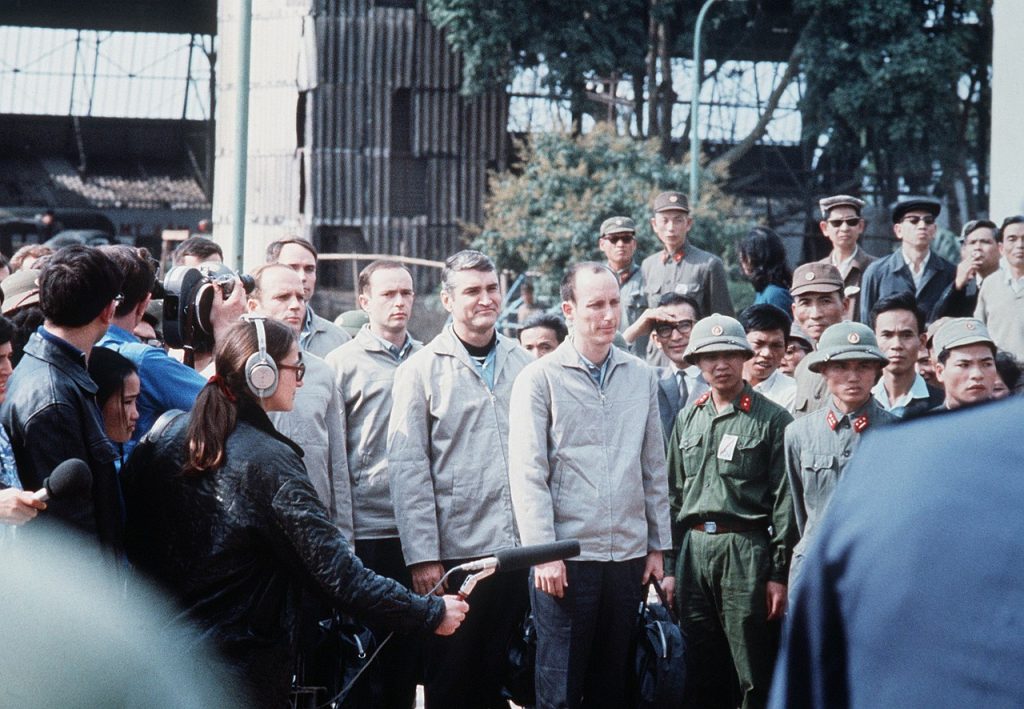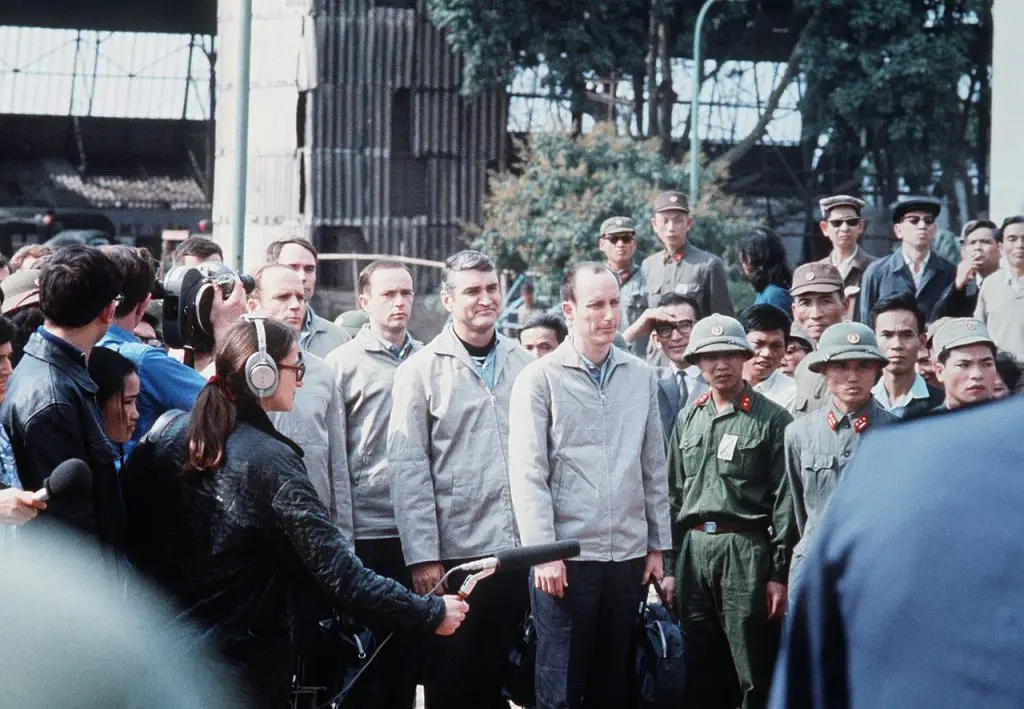
Operation Homecoming
During the Vietnam War, the United States military operation Operation Homecoming was formed with the goal of repatriating American prisoners of war (POWs) and missing-in-action (MIA) individuals. Following the signing of the Paris Peace Accords, which marked the end of direct American involvement in the Vietnam War, the program was officially inaugurated in February 1973.

Thousands of American service members were captured by the North Vietnamese during the war, and many of them were subjected to torture, solitary confinement, and other forms of mistreatment. The fate of these POWs became a sensitive subject both at home and abroad, with activists and politicians asking that the United States do more to obtain their release. It is imperative to mention that the operation was focused more on POWs and not MIAs.
In response to these concerns, President Richard Nixon authorized the formation of Operation Homecoming, which sought to negotiate the release and repatriation of American POWs. The program entailed a series of difficult and protracted conversations with North Vietnamese officials.
Despite these obstacles, the campaign was ultimately effective in obtaining the release of approximately 600 American POWs. These people were returned to the United States in a series of high-profile events that drew the attention of the entire country. The homecoming ceremonies were generally viewed as a sign of the conclusion of the Vietnam War and a long-awaited return to normalcy by many Americans.
The legacy of Operation Homecoming, however, was not without debate. Some detractors claimed that the initiative prioritized the release of American POWs over other groups’ interests, including South Vietnamese refugees and MIA servicemen. Others emphasized the long-term trauma endured by many POWs, who were frequently unable to completely reintegrate into civilian life following their release.
Despite these obstacles, Operation Homecoming is an important chapter in the history of the Vietnam War and the United States military in general.
What about the 1,500 missing Americans?
There are more than 83,000 Americans still unaccounted-for across the Defense Department. This takes into consideration all of the military events that have taken place during the 20th century. In 1973 when the operation started, the U.S. government listed 2,646 Americans who were unaccounted for from the Vietnam war. Most of these were POWs or at least so they thought.
The Defense POW/MIA Accounting Agency currently works to recover the remains of U.S. military personnel from the Vietnam War, as well as other conflicts. Based on their accounts, it is very likely that most of these Americans who have not been accounted for and thus reported as MIAs have been either killed behind the scenes, in prison camps, or simply remade their life in Vietnam or Thailand after the war. The agency does not specify the exact process of identifying these people or searching for their identity within Vietnam, showing that there isn’t much promise in finding out what actually happened with these Americans.